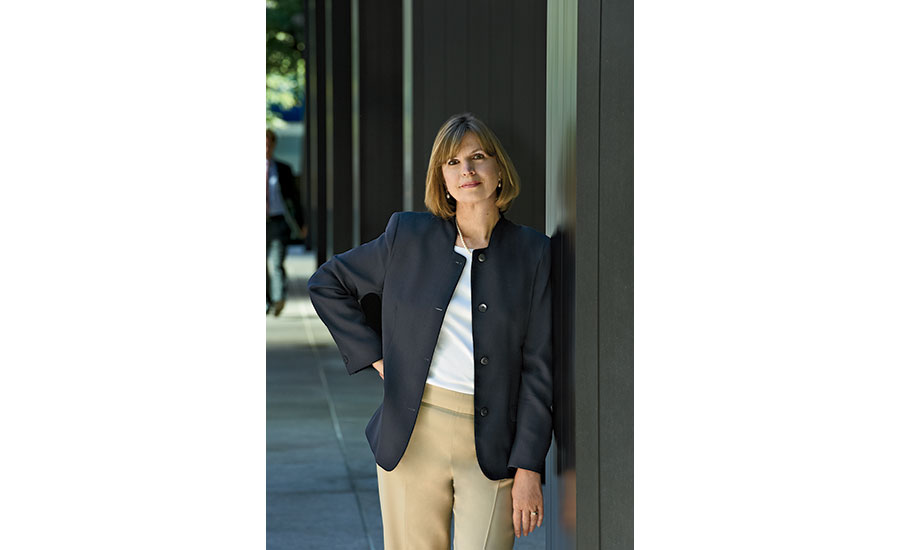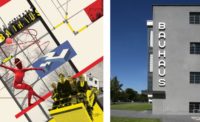Come From Away
In architecture, those who are foreign-born are part of revitalizing the culture and our cities.

Photo © Michel Arnaud
The stories about children separated from their parents at the U.S.-Mexico border earlier this summer were a heartbreaking reminder of how terribly broken our immigration system is, and the practice was condemned across the political spectrum. But how to “fix” the system is a process that’s also painfully broken, with Congress unwilling to seriously take up immigration reform, and Federal judges having to take the lead against border-guard actions such as de facto rejection of legitimate asylum seekers, or their indefinite detention, in violation of federal policy and international law.
We’re a very different country from what we were a century ago, when Emma Lazarus’s poem beckoned from the pedestal of the Statue of Liberty, “Give me your tired, your poor/ Your huddled masses yearning to breathe free”—though, in fact, the invitation was never exactly open-ended. But as we grapple today with how to control our borders in ways that are fair, sensible, and humane, one thing hasn’t changed: we always will be a nation of immigrants and descendants of immigrants. Unless you are 100 percent Native American (and one of those DNA tests can help you figure that out), you or your forebears came from somewhere else, whether laborers, teachers, or firemen—or groundbreakers in science, business, or the arts.
Earlier this year, the Vilcek Foundation, dedicated to raising awareness of immigrant contributions in America, awarded its annual prizes in biomedical science and the arts. Dr. Jan Vilcek, along with his wife, Marica, came to the U.S. in the 1960s from the former Czechoslovakia. Thanks to his immigrant success story—he developed an anti-inflammatory drug used to treat rheumatoid arthritis and Crohn’s disease—he and his wife, an art historian, are generous philanthropists. This year, the $100,000 Vilcek arts prize recognized an immigrant architect—Teddy Cruz (I was on the jury that selected him). Three younger practitioners were also honored for showing creative promise, each receiving a $50,000 award: Mona Ghandi (born in Iran), James Leng (born in China), and Jing Liu (also born in China).
Cruz emigrated to the U.S. from Guatemala at the age of 20—where he had witnessed lawless violence—and studied architecture at Cal Poly at San Luis Obispo and earned a Master in Design Studies at the Graduate School of Design at Harvard, before establishing what is now Estudio Teddy Cruz + Fonna Forman. His firm is deeply engaged in research, advocacy, and urbanism as well as design, in the cross-border communities of San Diego, where is office is based, and Tijuana.
The issues Cruz confronts in his work could not be more timely. He is also only one of a long list of prominent American architects who are immigrants from elsewhere. Just a short tally would include Frank Gehry (born in Canada), Daniel Libeskind (Poland), Denise Scott Brown (Zambia), Cesar Pelli (Argentina), Rafael Viñoly (Uruguay), Liz Diller (Poland), Annabelle Selldorf (Germany), Nader Tehrani (London), Gisue and Mojgan Hariri (Iran), Enrique Norten (Mexico), Moshe Safdie (Israel), Amale Andraos (Lebanon), and Florian Idenburg (the Netherlands), to name only a few. (If you would like to add a foreign-born American architect to RECORD's list, please scroll down to the form the end of this editorial.) Like their cohorts in sciences, arts, and other disciplines, the contributions that these architects make to American culture, as well as to the wider world, are immeasurable.
At this strange moment in our history, when the government seems to be closing the door on many new immigrants and foreign visitors from certain countries, architecture can only suffer. Our schools have long been enhanced by students with varied backgrounds, and architectural thinking is enriched by the free flow of ideas across borders, from the foreign practitioners who join our firms to those who come from abroad to visit or lecture. Like most significant endeavors today, architecture is a global profession. Let us continue to benefit from a wide and diverse chorus of voices and range of visions for the future.


